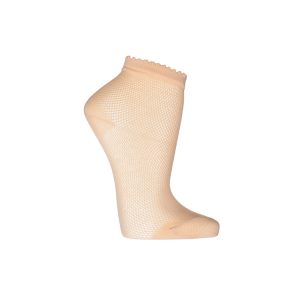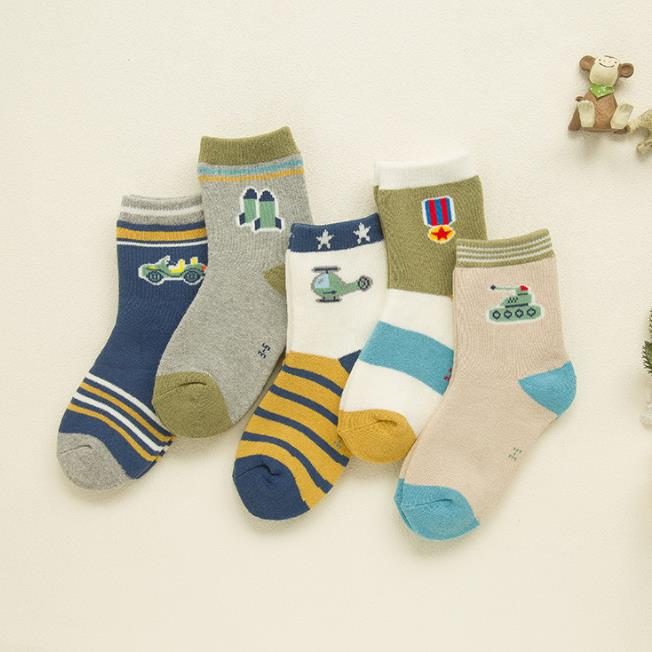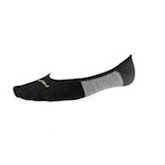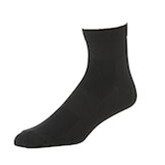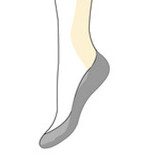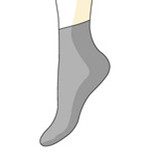Sensory play with socks can be a fantastic way for children to learn and explore through touch. Sensory play involves engaging one or more of the five senses (touch, sight, smell, taste, and hearing) to stimulate cognitive development, creativity, and problem-solving skills. When it comes to touch-based sensory play with socks, there are several fun and educational activities you can try:
- Sock Sensory Bin: Fill a large bin with different types of socks in various textures, sizes, and colors. Let kids explore the socks by feeling their different fabrics and thicknesses. They can sort the socks by texture, color, or size, promoting early math and categorization skills.
- Sensory Matching Game: Create a matching game by pairing socks with different textures or patterns. Encourage kids to use their sense of touch to find matching socks based on how they feel.
- Sensory Sock Walk: Lay out different textured socks on the floor, such as fuzzy socks, ribbed socks, and smooth socks. Blindfold the child and have them walk on the socks, feeling the differences under their feet.
- Sensory Sock Puppets: Use a variety of socks to make sensory-rich puppets. Attach different fabrics, ribbons, and buttons to the socks to create tactile features that children can explore with their fingers.
- Sock Sorting by Temperature: Collect socks of various thicknesses and materials, ranging from warm to cool. Have kids sort the socks based on how they think they’ll feel on their feet.
- Sock Texture Wall: Hang socks of different textures on a wall or board, creating a sensory exploration wall. Let kids touch and explore the various fabrics and describe how each one feels.
- Sensory Sock Playdough: Fill a sock with playdough or homemade sensory materials like rice, lentils, or beans. Tie the sock securely, and kids can squish and manipulate the sensory sock.
- Sensory Sock Sorting Tray: Place a variety of small objects in a tray, along with different textured socks. Kids can use their sense of touch to sort the objects into the matching socks based on their texture.
Sensory play with socks not only helps children develop their tactile senses but also fosters language skills as they describe and talk about the textures they feel. It encourages creativity, problem-solving, and fine motor skills as children manipulate the socks and explore different sensations. Remember to use age-appropriate materials and supervise young children during sensory play activities to ensure their safety.
